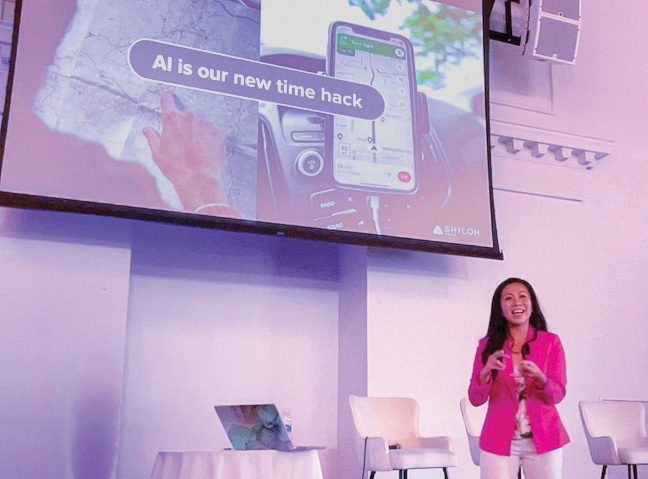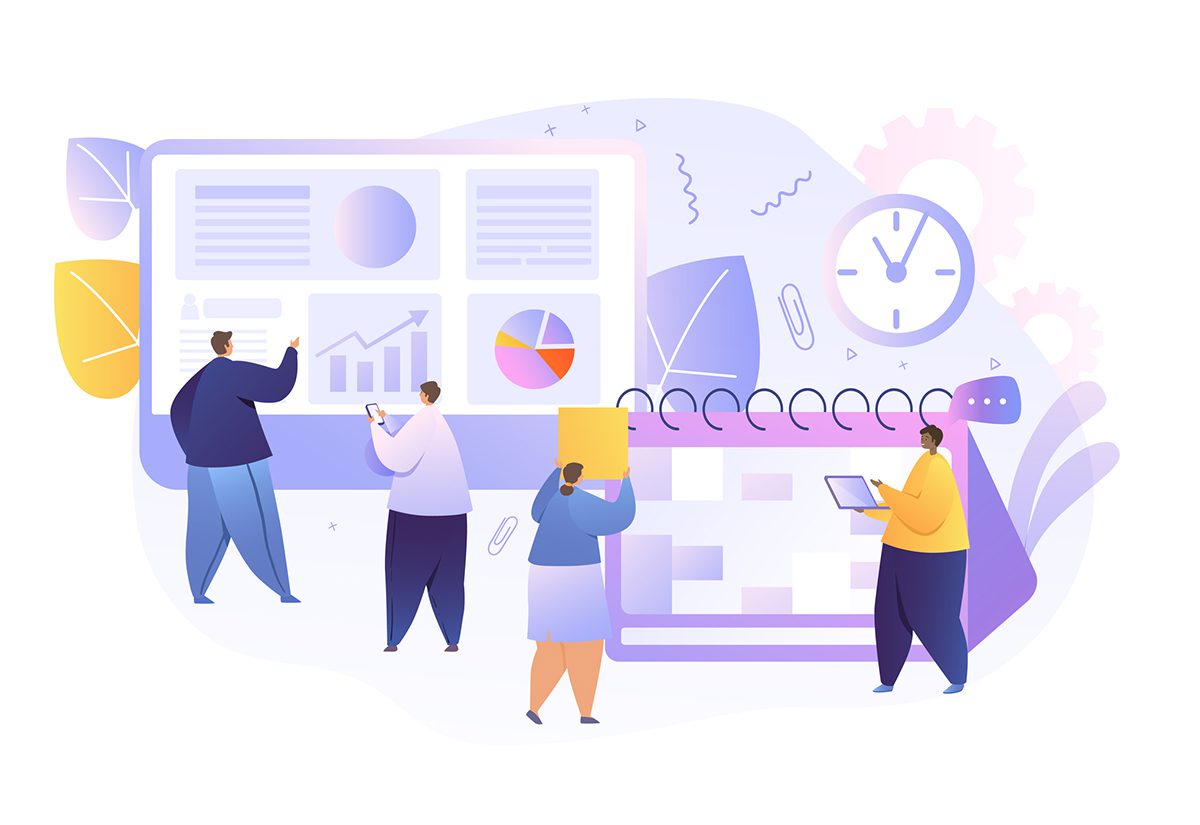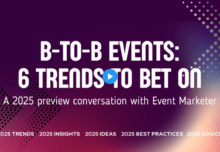Artificial intelligence presents optimal avenues for working smarter—not harder—to meet event timelines, budgets and expectations
The topic on every event marketer’s tongue is how artificial intelligence will impact business. The technology promises to transform workflows and,ultimately, experiences, by elevating content creation, streamlining internal meetings and processes, rapidly analyzing data and accurately conceptualizing event spaces, says Huong Nguyen, CEO and Founder at Shiloh Events, a full-service experiential event solutions agency. From Nguyen’s perspective, the promises of AI far outweigh its pitfalls. Here’s how her organization is leaning into the tech to create a unified vision between client and agency, devote more time to strategy and stimulate creativity.
How is your agency leveraging AI to benefit clients and the work?
In an industry that’s always on the move, the key to staying ahead by embracing AI is to increase our efficiency and effectiveness. While we can’t possibly work any harder than we already do, we can definitely work smarter by leveraging AI. It is our new time hack to be more productive. I initially struggled to see their practical application. However, integrating AI has transformed our event planning process, elevated attendee engagement, and unlocked immense creativepotential. There four transformative ways we’re using AI in our workflow:
- 1. Meeting Efficiency
- 2. Content Creation
- 3. Data Analysis
- 4. Visual Conceptualization
Meeting Efficiency: Meetings are a big part of how we spend our time on a weekly basis, and distractions are inevitable. To ensure we make the most of our time, we leverage AI to streamlined our note-taking process. Instead of manually jotting down everything and then reviewing, we use AI tools like Fireflies to capture, transcribe, and summarize. This saves time and ensures we don’t miss critical details. It’s a game-changer for our productivity.
Content Creation Boost: Everyone faces writer’s block. AI gives us a jumpstart. When brainstorming event themes or messaging, AI tools can provide initial ideas, which we then personalize to fi t our client’s needs. This approach speeds up the creative process.
Data Analysis: With tools like ChatGPT’s code generator plug in, we can analyze event-related data, such as revenue With tools like Chat GPT’s code generator analysis, attendance projection, and marketing data faster than ever. For example, a report analysis that took 4 hours can now be done in 2 hours. However, we always remove sensitive information and double-check for accuracy.
Visual Conceptualization: AI allows us to bring our event visions to life. For instance, when conceptualizing an immersive event space, we use MidJourney and DALL·E 2 to create realistic visuals. This not only helps in setting client expectations but ensures we’re all aligned on vision. In the future, I hope AI can give us estimates of what something will cost if we give them sample proposals and a picture of what we are envisioning!
What should event marketers watch out for when using AI?
 Human Touch is Irreplaceable: AI can be a starting point, but it will not sound like you or your brand. AI-generated content lacks personal touch or a unique voice. You can’t simply use AI outputs as they are. Always add your own touch to what AI suggests because it often requires refinement.
Human Touch is Irreplaceable: AI can be a starting point, but it will not sound like you or your brand. AI-generated content lacks personal touch or a unique voice. You can’t simply use AI outputs as they are. Always add your own touch to what AI suggests because it often requires refinement.
Accuracy Concerns: Always Always double-check AI-generated data. Whether it’s data analysis or visual outputs, ensure that the information is accurate and aligns with your objectives. For instance, if using AI for design concepts, ensure that the visualization is logistically feasible and within budget.
Data Privacy: When you are uploading data for analysis, be sure to take out private or identifying information such as names, addresses, phone numbers, and email addresses. With lack of clarity on how data is being managed, to be on the safe side, it’s crucial to be aware of who might access this data and take necessary precautions.
Where do you see AI making the most significant difference, especially in the events industry, given its rising popularity across sectors?
AI is making the most significant impact in the events industry in 3 ways:
Time Efficiency: One of the most significant impacts of AI is in time-saving, cutting down our planning process by over 30%. It’s our new time hack, allowing us to focus more on strategy and client engagement.
Creative Boost:creative barriers like writer’s block. It off ers an initial spark or AI tools are excellent for breaking through idea to build upon, effectively reducing the time needed for
brainstorming and ideation. With AI’s help, you don’t need days to be creative; you’ve got an immediate jumping-off point.
Unified Vision: Leveraging AI’s media generation capabilities allows us to translate abstract ideas into tangible visuals. This ensures that both our team and clients are on the same page,
visualizing the same concepts. After all, a picture speaks a thousand words, and with AI, we can ensure everyone’s “reading” from the same image, solidifying shared visions.
How can AI be implemented to improve the attendee experience?
Optimized Networking and Matchmaking: AI can be a game-changer for networking at events. For instance, a mobile app forhttps://www.instagram.com/eventmarketer/ a conference with 500 participants, would display an alphabetical list of attendees. It can be overwhelming to sift through each profile to identify potential connections. Imagine if our connections were already suggested with a proposed agenda based on our interests. Such AI-driven matchmaking apps such as Grip.ai can elevate the attendee experience through such facilitations.
Data-Driven Program Development: AI can analyze data to create a more effective event program. By inputting various datasets – from previous years’ agendas and budgets to attendee lists and survey feedback – we can use AI to off er strategic suggestions on how to make the program better and identify key areas to focus on. For example, Google Bard can give us venue or city suggestions based on a program’s specifications.







